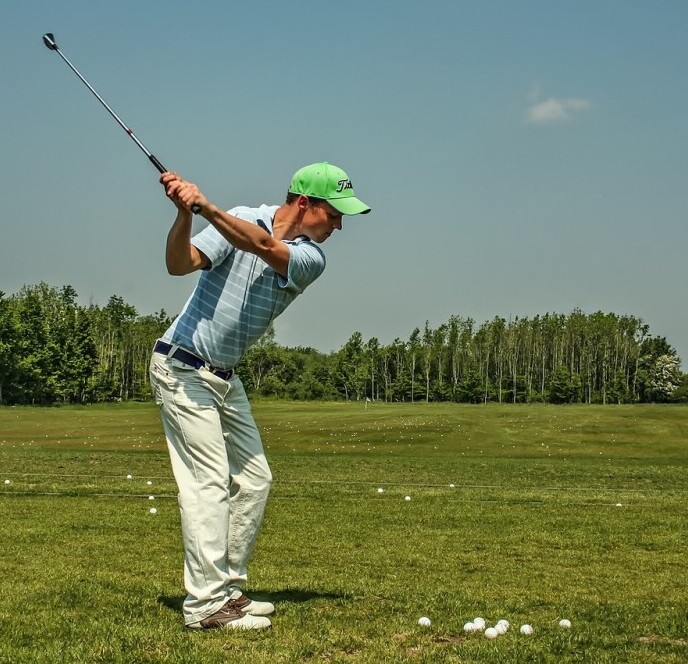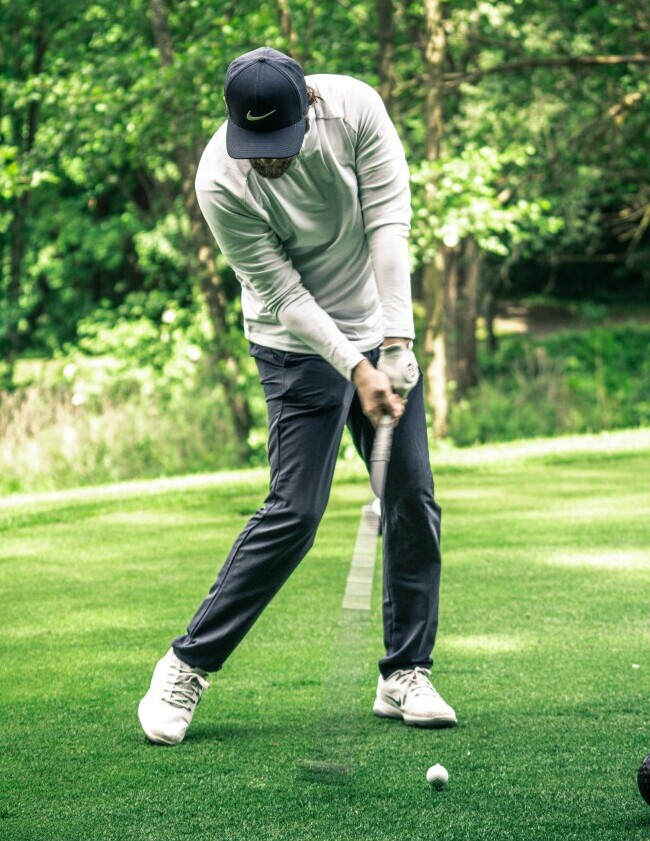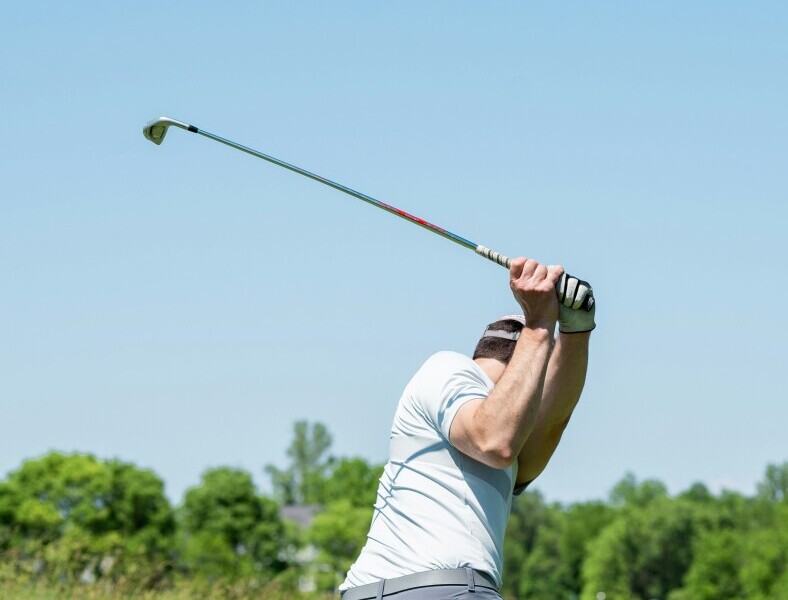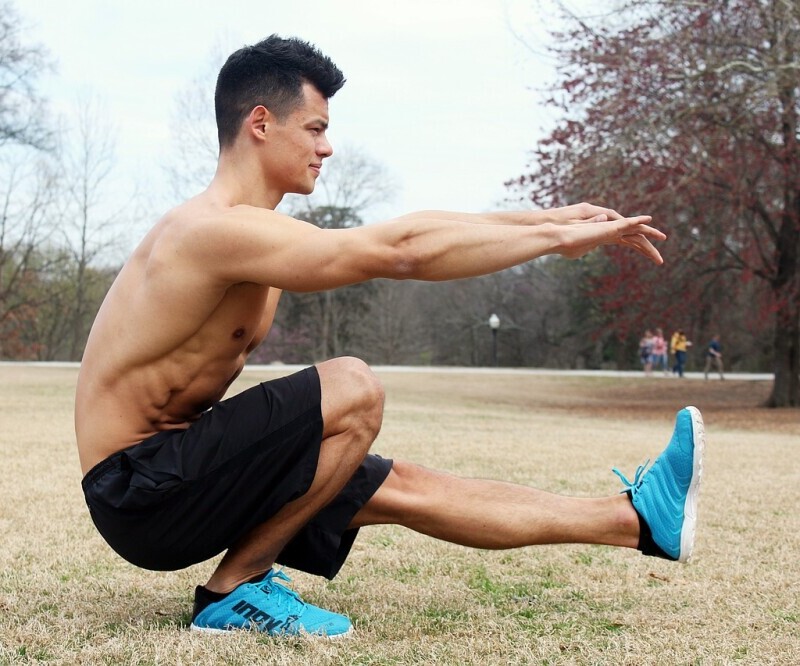Proper Golf Stance For Irons


Fore! Quick note: a few links here are affiliate links. If you snag gear through them, I earn a small commission — no extra strokes added to your game.
A solid golf game starts with your stance. It might sound simple, but standing right can make or break your shot. With irons, precision and control are key, and that begins the moment you take your stance. A good stance can set you up for a good shot, so don’t take this lightly if you’re really trying to improve your golf game. Come along with the golf viking as we learn about the proper stance for playing with irons.
Your stance isn’t just about looking good on the green; it’s about setting up your body and club for the perfect swing. A good stance helps you distribute your weight properly, align your body with your target, and create a stable base for your swing. All this means more consistent, accurate shots. A good golfer combines a good stance, grip, and swing to make for a great golf shot.
Many golfers struggle with their iron play because of common stance mistakes. Standing too wide or too narrow, placing the ball incorrectly, or having poor alignment can send your shots way off. Identifying and fixing these mistakes can lead to immediate improvements. Stances can be different depending on what club and what type of shot. But today we’re talking about the stance for iron play.
Even within the irons, different clubs need different stances. Short irons require you to stand a bit closer with a narrower stance, while longer irons need a broader stance for better control. Understanding these nuances helps tailor your approach to each club, giving you the best possible shot every time. Once you familiarize yourself with the right stance for the appropriate shot, you will improve all aspects of your game.
Grip and hand placement affect your stance and accuracy. Check out our post on what’s a perfect golf grip? for proper techniques.
Ready to level up your golf game? Click here.

Swing with Confidence: Mechanics of Proper Stance and Swing for Irons
Nailing the stance isn’t just about feet placement; it’s about creating the perfect setup for your full swing. Let’s break it down so you can start swinging those irons like a pro. Adjust your game to how far you can hit each iron.
Start with your feet shoulder-width apart. This gives you a balanced foundation. Position the ball slightly ahead of center in your stance. For short irons, move it back a bit; for long irons, up a bit. It will all depend on the situation you find yourself in.
Align your body parallel to the target line. Imagine a set of railroad tracks: your feet are on one track, the ball on the other. Shoulders follow the same line as your feet. Stand tall but relaxed, with a slight bend at the knees, keeping your weight evenly distributed.
Now, about your grip and arm position: hands ahead of the ball at address, forming a straight line with your left arm (for right-handers). This sets up a forward-leaning shaft, crucial for a solid strike. Once again, make sure to adjust to each iron.
During the swing, maintain your balance. Shift your weight smoothly from your back foot to the front foot, without swaying side to side. Keep your head still and your eyes on the ball, making a clean contact. This should all be an easy and smooth motion. Don’t tighten up too much while you swing.
Finally, follow through. A good follow-through means you’ve maintained your balance and used your body correctly. Finish with your chest facing the target and your weight on the front foot. Don’t underestimate a good follow through.
Proper stance helps reduce common mishits like slices and hooks. See our guide on how to stop slicing my irons for corrective tips.

Sharpen Your Skills: How to Effectively Hit Irons in Golf
Improving iron play takes practice and patience. Let’s dive into the techniques that can help you excel on the green. Having your iron skills mastered can help make your green approaches much easier. Getting this part of your game down is a big step in becoming a better golfer. Now how do we use our iron skills to help us on the scorecard?
First, consistency is king. When you practice with irons, focus on hitting the ball in the same spot on the clubface every time. This sweet spot delivers optimum distance and accuracy. Use alignment sticks or place clubs on the ground to ensure you’re aimed correctly. You can even practice without the ball to make sure you have the correct motion down.
Work on different types of iron shots, starting with the basic full swing. Practice half-swings and punch shots for those tricky situations where you need control more than power. Learning to vary your shots makes you versatile and ready for any scenario. Work on your irons from a range. You can work from close green approaches to moving further away to use your longer irons.
Next, it’s about feel. Practice chipping with your irons by using a shorter, controlled swing. Pay attention to how the contact feels and sounds. This feedback helps in fine-tuning your full swings as well. If you are close to the green, you wont need to use a full swing motion, so practice your half swings to get the right distance with your shorter irons.
Don’t forget to practice from different lies. Hitting from the fairway, rough, and even awkward lies like uphill or downhill can prepare you for real game situations. Adjust your stance and swing according to the terrain to keep your shots on target. This all helps to get you used to different scenarios that you might run into while out on the course.
Using drills can fast-track your improvement. Try the ‘L to L’ drill, focusing on making an ‘L’ shape with your arms and the club on both the backswing and follow-through. This drill helps maintain the right angles and improves your swing mechanics.
Lastly, keep your practice sessions regular but varied. Mix long practice sessions with shorter ones focused on specific skills. Over time, this variety helps build a complete skill set with your irons. Having your iron play down can make you a true force out on the golf course.
Iron selection works hand-in-hand with stance. Learn how to choose clubs in our post on how to know what club to use in golf.

Boost Your Game: The Importance of Being Proficient with Irons
Having solid iron skills can dramatically lower your scores. Irons are versatile clubs used in various situations on the course. Whether you’re teeing off on a par 3, hitting an approach shot, or rescuing yourself from the rough, good iron play keeps you in the game.
Smart course management includes knowing when to use which iron. Long irons are great for distance, while short irons provide accuracy and control for those crucial approach shots. Mastering both can give you an edge over your competition. Hence the reason we want to practice our stance and swing from different distances using different irons.
Proficiency with irons means more consistent and confident gameplay. When you know you can rely on your irons, it reduces pressure and helps you focus on strategy rather than mechanics. Confidence with irons lets you target specific landing areas and plan your shots better.
Irons also play a critical role in recovery shots. Finding yourself in trouble? A well-executed iron shot can get you back on track. Practicing different recovery scenarios with your irons builds resilience and problem-solving on the course.
In the end, good iron play isn’t just about improved stats; it’s about enjoying the game more. Lower scores, consistent performance, and confidence transform your golfing experience. Proper stance and effective swings with irons set the foundation for all this. I’ll see you out on the course, using your irons like the golf gladiator that you are
Tempo and weight shift influence iron consistency. Improve these with our best golf swing weight shift drills.


